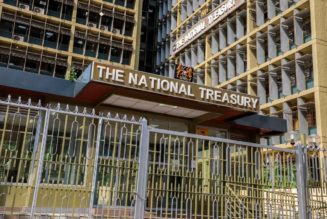Personal Finance
Cooperative societies woo bank customers as interest rates soar
Tuesday July 25 2023
SACCO Societies Regulatory Authority (SASRA) chairman Jack Ranguma during the SACCO Central(Shared Services) annual delegates’ meeting on April 15, 2023, at Sarova Stanley. PHOTO | WILFRED NYANGARESI | NMG
Savings and credit cooperative societies (Saccos) have begun a charm offensive for distressed loan borrowers by offering to buy out their commercial bank facilities.
The saccos are alerting members and other customers of the window to roll over the bank loans.
“Do you have a bank loan or more than one Sacco loan? Consolidate your loans today at only one percent per month,” read a recent advertorial by Safaricom Sacco.
In principle, a sacco will offer a customer a loan—usually of a higher value than the bank loan—where parts of the proceeds are deployed in clearing the bank facility.
The customer then earns new repayment terms with an often lower interest rate than the banking facility.
“Yes, we do buy loans from other financial institutions. We simply give you a loan and the customer uses part of that loan to clear their obligation to the other. This may come at a fee depending on each Sacco,” George Ochiri, CEO of Harambee Sacco, told the BDLife.
Unlike commercial banks, Saccos have not tinkered with interest rates on loans giving them the edge over peers in the financial sector.
The hold in interest rates on loans by Saccos has all to do with their relatively lower cost of funds given most of their funding is generated from members’ savings.
“We have retained our interest rates and this is not changing. Ideally, this is our money from our members and so our cost hasn’t changed in principle. The money belongs to us,” added Mr Ochiri.
In comparison, commercial banks incur higher costs of funds given their reliance on customer deposits to generate new loans to borrowers.
While interest costs related to current and savings accounts may be minimal, savers in fixed deposit accounts demand a premium to keep their monies locked in bank vaults.
Competition from other income-yielding asset classes such as Treasury bills and bonds, real estate and money market funds has, however, only increased pressure on banks to raise the return on fixed deposit accounts.
This has forced commercial banks to equally raise the cost of loans to stay in business.
In April, the average lending rate from commercial banks crossed 13 percent for the first time since July 2018 as the effects of the rising interest rate environment began to affect households and businesses.
With runaway inflation at the start of 2023, investors have been demanding a higher risk-adjusted return to lend to the government, setting off a chain of events which has culminated in the general rise of interest rates across the board including commercial bank lending.
NCBA Group, for instance, told its clients that its loans would attract a minimum 13 percent interest rate from August from the current 12 percent.
For Equity Bank, interest rates on loans are already starting at 14.69 percent from a lower 12.5 percent in January.
According to Sacco Societies Regulatory Authority (Sasra), the deployment of non-withdrawable savings as collateral to member loans further gives Saccos the edge over other financial institutions in the sector.
“The greatest comparative advantage that the Kenyan Sacco lending model has over other financial institutions is the fact that a substantial proportion of their lending is usually based on the collateral of non-withdrawable savings of the members,” Sasra notes.
As interest rates on commercial bank loans climb further over the short run, set off largely by comparable rates on government securities, Saccos are set to find themselves with a greater edge over banks in loan generation and ultimately customers.
At the end of 2021, Saccos had assets of Sh807.1 billion of which Sh608.8 billion represented gross loans.
Total deposits for the subsector meanwhile stood at Sh564.9 billion.









